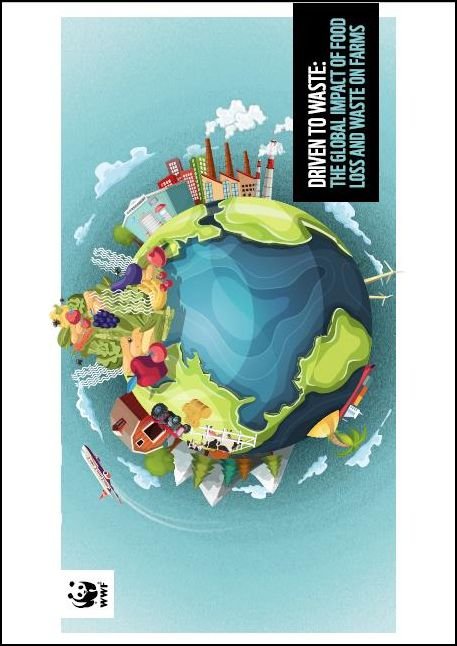 Read this article in French
Read this article in French- Share this article
- Subscribe to our newsletter
Driven to Waste
Over one billion tonnes more food is being wasted than previously estimated, contributing ten per cent of all greenhouse gas emissions, according to the report Driven to Waste published by the World Wide Fund for Nature (WWF) and Tesco in July 2021. Thus, 1.2 billion tonnes of food is lost on farms, on top of the 931 million tonnes wasted in retail and consumption.
The report quantifies the total amount of food lost on farms globally, revealing that an estimated 2.5 billion tonnes of food goes uneaten around the world each year. That is an increase of approximately 1.2 billion tonnes on the established estimates of 1.3 billion tonnes wasted each year. These new estimates indicate that of all the food grown, approximately 40 per cent goes uneaten, which is higher than the previously estimated figure of 33 per cent.
Producing food uses up a huge amount of land, water and energy, so that wasted food significantly impacts climate change – previous estimates suggest that food waste accounts for eight per cent of greenhouse gases (GHG). New data published in this report indicate that the numbers are even more substantial, pointing to a contribution of approximately ten per cent of all GHG emissions. This is the equivalent of nearly twice the annual emissions produced by all the cars driven in the US and Europe.
Compounding the pressure from continued global agricultural resource-use expansion, 4.4 million km2 of agricultural land and 760 km3 of water are used to produce the 1.2 billion tonnes of food lost before, during and after harvest or diverted to other uses such as animal feed and biofuel. This equates to a landmass larger than the Indian subcontinent and a water volume equivalent to 304 million Olympic swimming pools – and this does not include the additional resources used to produce food that is wasted further down the supply chain.
The report shows that per capita farm-stage losses are generally higher in industrialised regions. Despite having higher on-farm mechanisation and only 37 per cent of the global population, high- and middle- income countries of Europe, North America and Industrialised Asia contribute 58 per cent of global harvest waste.
(WWF/ile)
Read more and download the report Driven to Waste at the WWF website


